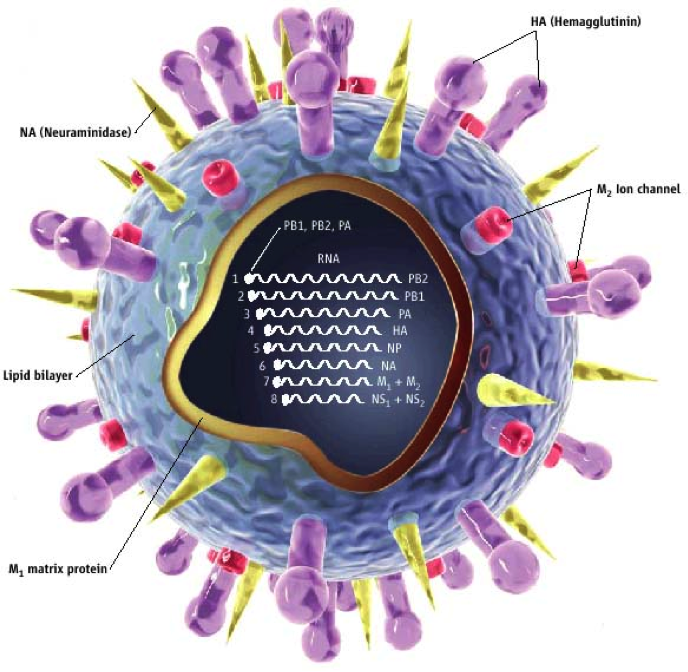
Petra Chlumecka reported the death of juvenile white-tailed #eagles from highly pathogenic avian #influenza #H5N1 in #Estonia. I discussed it with the responsible vet. 1/7
#vogelgriep #birdflu #Vogelgrippe #InfluenzaAviaire
@VroegeVogels @GlobalFlyway
zoocam.info/zapis/mladata-…
#vogelgriep #birdflu #Vogelgrippe #InfluenzaAviaire
@VroegeVogels @GlobalFlyway
zoocam.info/zapis/mladata-…

I think this case may herald a new phase in the expansion of highly pathogenic avian influenza into wildlife. This infectious viral disease was historically restricted to poultry farms; an old name for the disease is "fowl plague". 2/7
In recent years, highly pathogenic avian influenza has spread to wild waterbirds. However, outbreaks in wildlife were restricted to mainly to autumn and winter, and had stopped altogether or were at very low levels by the time spring arrived. 3/7
This 2020/2021 highly pathogenic avian influenza outbreak is different, because there *was* a peak of infections in wild waterbirds in north-west Europe in spring. 4/7
Therefore, the outbreak now overlaps with the breeding season, putting the young of wildlife at risk of illness from the virus. This includes the young of waterbirds (e.g. ducks, geese, swans) and birds of prey that feed birds to their young (e.g. falcons, buzzards, eagles). 5/7
Risk of illness from highly pathogenic avian influenza also includes the young of mammals that feed birds to their young (e.g. foxes) and mammals that share their habitat with wild waterbirds (e.g. harbour seals). 6/7
If you are working with these wildlife species, both adult and young animals, please keep highly pathogenic avian influenza in mind. Although the risk of human infection is not high, please also take appropriate measures to protect your own health. 7/7
• • •
Missing some Tweet in this thread? You can try to
force a refresh










